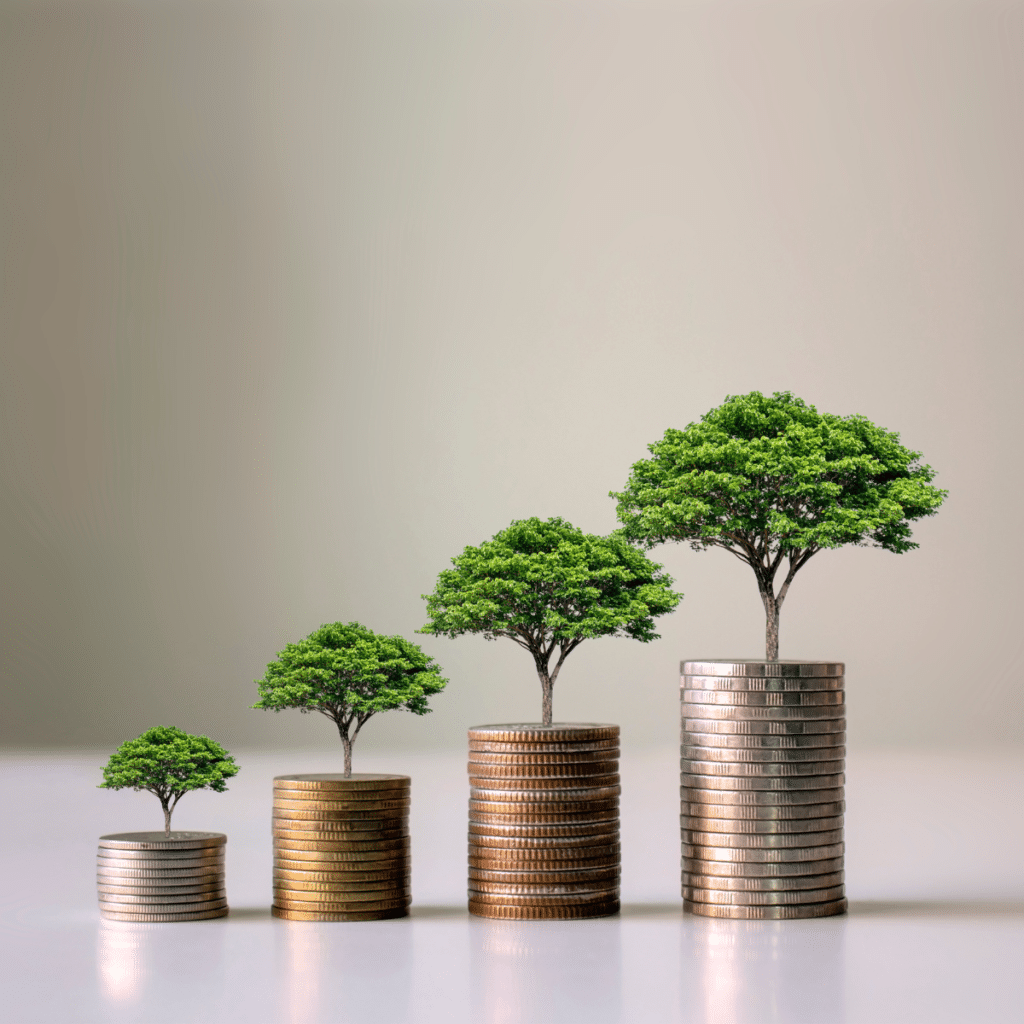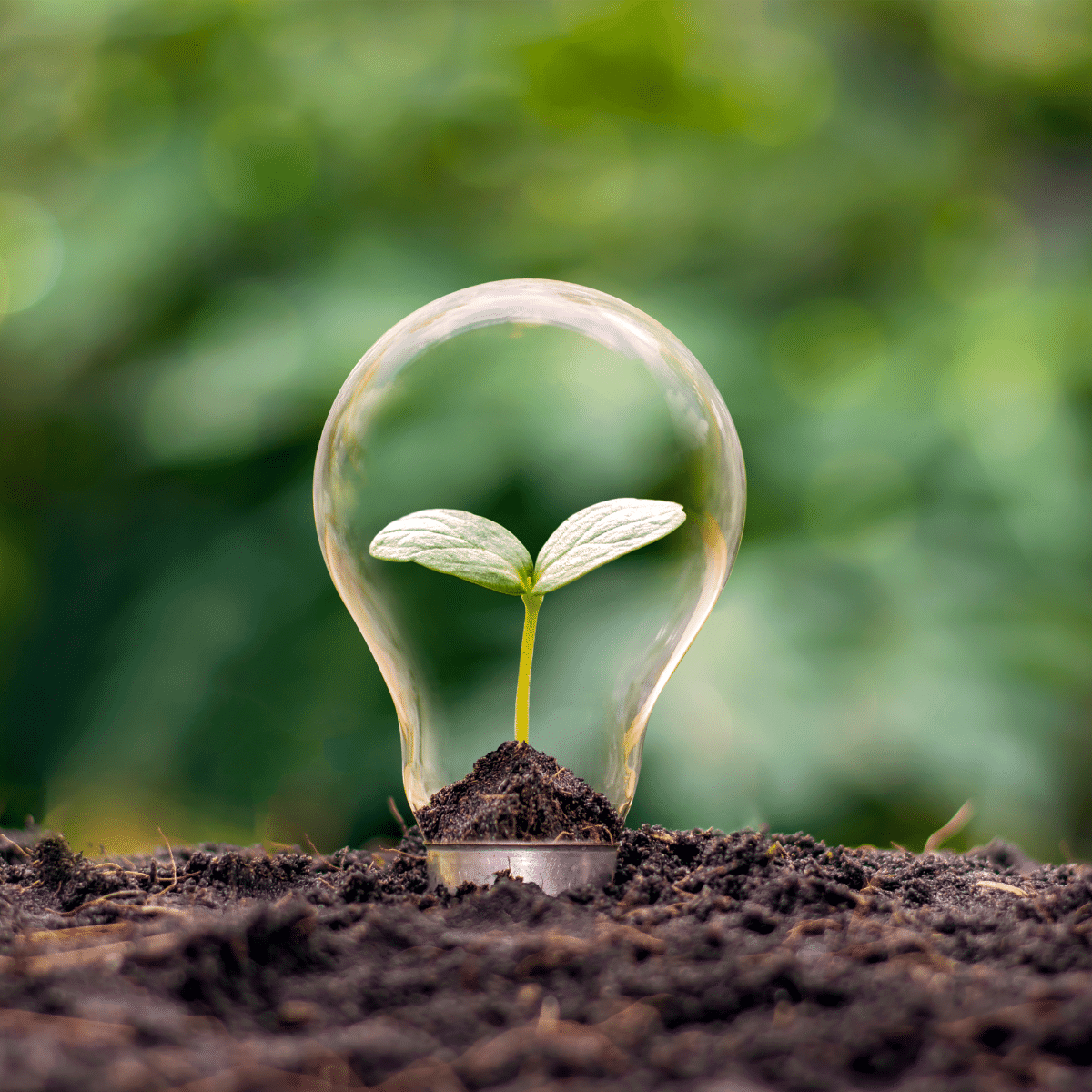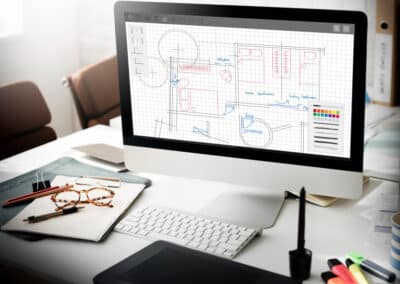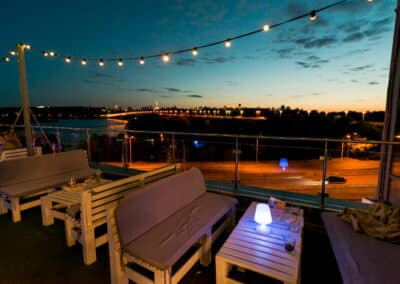Sustainability in lighting design refers to the practice of creating lighting systems and solutions that minimize environmental impact, conserve energy, and promote long-term sustainability. It involves integrating principles of energy efficiency, resource conservation, and responsible manufacturing practices into the design, installation, and use of lighting systems.
Table of Contents
There are eight key considerations and strategies for achieving sustainability in lighting design:
Energy Efficiency
One of the primary goals of sustainable lighting design is to reduce energy consumption. This can be achieved by using energy-efficient light sources, such as light-emitting diodes (LEDs), which consume significantly less energy compared to traditional incandescent or fluorescent bulbs. LED technology has advanced considerably and offers a range of options in terms of color temperature, brightness, and control.
Natural Lighting and Daylighting
Incorporating natural light into building design is an effective way to reduce reliance on artificial lighting during daylight hours. Maximizing the use of windows, skylights, and light tubes allows for daylight to penetrate deep into interior spaces, reducing the need for electric lighting and creating a more pleasant and productive environment.
Lighting Controls and Automation
Implementing lighting controls, such as occupancy sensors, dimmers, and timers, can significantly reduce energy waste by ensuring that lights are only used when needed and at the appropriate levels. Automation systems can adjust lighting based on occupancy patterns, time of day, or natural light availability, optimizing energy use.
Efficient Fixture Design
Choosing lighting fixtures that are designed for efficiency and longevity is crucial. Look for fixtures with high efficacy (lumens per watt), long lifespan, and minimal maintenance requirements. Additionally, selecting fixtures that provide optimal light distribution, reducing wasted light and glare, can enhance visual comfort and energy efficiency.
Light Pollution Reduction
Light pollution, which refers to excessive or misdirected artificial light, has detrimental effects on ecosystems, wildlife, and human health. By using shielded and properly directed lighting fixtures, it is possible to minimize light pollution, reduce sky glow, and prevent unnecessary light trespass onto neighboring properties.
Sustainable Materials and Manufacturing
Consider the environmental impact of lighting materials and their manufacturing processes. Opt for fixtures made from recycled or recyclable materials, and choose manufacturers that follow sustainable practices, such as minimizing waste generation, using eco-friendly manufacturing techniques, and adhering to recognized environmental standards.
Lifecycle Assessment
Evaluate the entire lifecycle of lighting systems, including production, installation, operation, and disposal. Consider factors such as energy consumption, carbon emissions, and recyclability. Design lighting systems with a focus on durability, ease of maintenance, and the ability to upgrade or retrofit existing installations rather than replacing them entirely.
Education and Awareness
Promote sustainability in lighting design by educating stakeholders, including architects, designers, engineers, and end-users, about the importance of energy-efficient lighting practices. Encourage them to make informed decisions, choose sustainable lighting solutions, and embrace responsible lighting habits.

Conclusion
By implementing these strategies, lighting designers can contribute to reducing energy consumption, minimizing environmental impact, and creating more sustainable built environments.
What are some top green tips for sustainable lighting?
- Switch to LED Bulbs.
- Employ tactical task lighting.
- Wash walls with light.
- Install Dimmers.
- Use lamps.
- Keep fixtures and light bulbs clean.
- Strategically choose paint colors.
- Employ the Open Floor Plan.
neoalpha global & sustainability
At neoalpha global, we aim to promote sustainability and energy-efficient lighting. We are taking some efficient steps towards a more sustainable future, and we are grateful of those who will be supporting us in this journey. Though we may be a small part of the large movement, we hope that our efforts will contribute towards a brighter future for all.
We invite you to reach out to us for comprehensive and in-depth information regarding our initiatives and plans for sustainability in lighting design.








